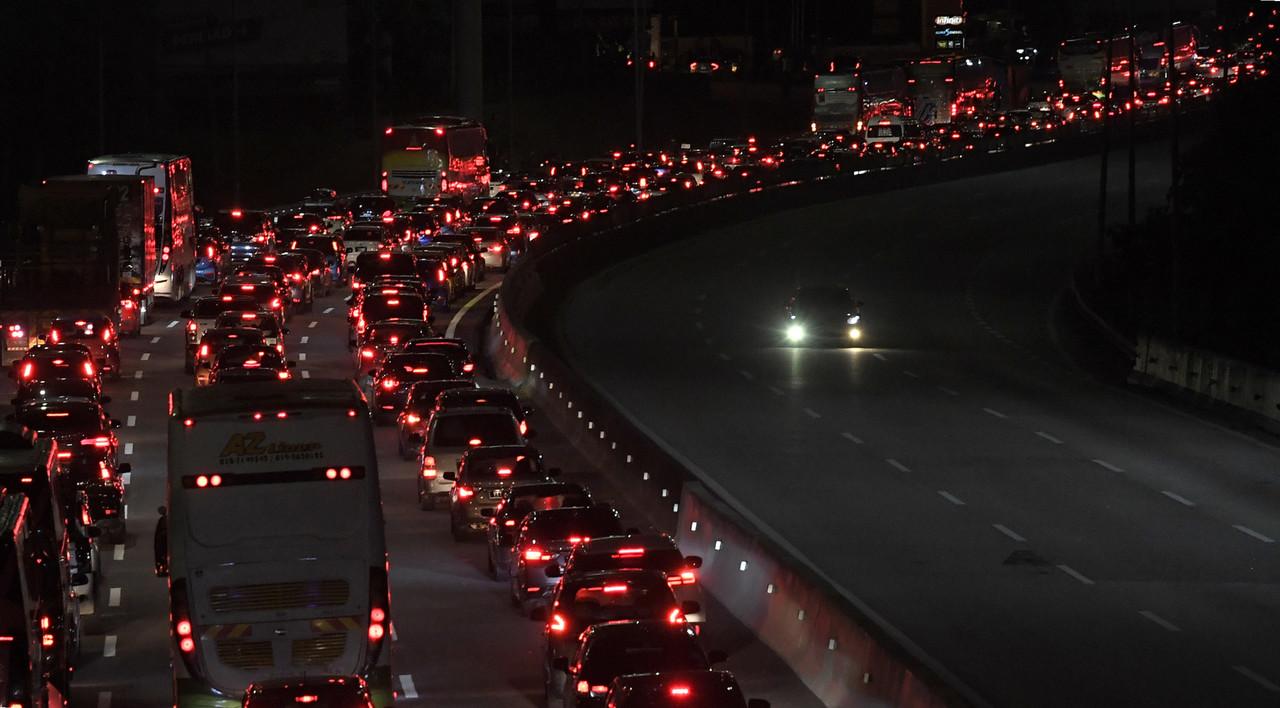Reverse migration, a step towards reducing urban congestion?
It could help, especially in reducing Kuala Lumpur's famous traffic jams.
Just In
Being on the move is nothing out of the ordinary for Abdul Azim Che Abdul Rahim.
As a boy, he would follow his father who was a teacher from one posting to another. Once he completed his studies, he finally settled down in Kuala Lumpur.
But after just a few years of city life, Azim decided to return to his village in Kedah.
“My soul was restless in Kuala Lumpur,” he told MalaysiaNow. “Maybe it was too much of a village soul, and it was looking for a way out of the city.”
It was then that he decided to return to his home town, grow his own food, and embark on other activities normally associated with rural life.
He found a window of opportunity in a permaculture course in Petaling Jaya, which dealt with the development of agricultural ecosystems with the aim of eventually becoming sustainable and self-sufficient.
His new life began with a study of agriculture, a trip overseas, and his long-awaited return to his village.
There, he and a handful of friends began a project based on the concepts of conservation, eco-tourism and education. They started out in Kampung Sungai Batu, then spread to Pulau Bidan in Yan.
“I have been here in my home town since 2015,” Azim said.
“I ended up at SRI Lovely Farm in Kampung Belantik, Sik, where I am learning about organic padi planting.”
Azim is just one example of reverse migration, a phenomenon in which people move from urban to rural areas.
Such U-turns from cities to the countryside come amid questions about the sustainability of life in major urban centres, especially the Klang Valley and the surrounding areas.
Most recently, several main roads in Kuala Lumpur were submerged in flash floods leaving vehicles stranded in floodwater.
These came hard on the heels of the massive floods which hit Selangor late last year.
There are also Kuala Lumpur’s legendary traffic jams, which can see large parts of the city brought to a standstill during rush hour.
One report estimates that Kuala Lumpur residents spend an average of 13.4 days a year stuck in traffic.
During the recent Hari Raya season alone, major highways leading out of the capital city were flooded with vehicles with some drivers caught in congestion for more than eight hours.
Nikmatul Adha Nordin, head of Universiti Malaya’s town and regional planning department, said reverse migration could help solve the problem of traffic congestion in the city.
“The main factors at play are the economy and job opportunities in rural areas,” she told MalaysiaNow.
“If these can be met, and rural areas equipped with good facilities and infrastructure, reverse migration could be a positive phenomenon to balance development, so that there is no significant gap between urban and rural areas.”
She said problems arise in cities when those from rural areas look for better job opportunities in urban centres.
Congestion in housing and infrastructure and a drop in quality of life are just some of the consequences.
These in turn contribute to issues such as urban poverty.
Records show that in Kuala Lumpur alone, the population has been increasing by about 1.05% each year, with numbers projected to reach 2.25 million by 2040.
The government previously issued what it called the National Rural Physical Planning Policy, aimed at providing a holistic planning for rural development and to complement the National Urban Policy for urban areas in Malaysia.
If the policy is successfully implemented, Nikmatul said, young people in villages will no longer have to migrate to the city in order to find jobs.
“There are villages that are fully equipped with facilities, but some are still lagging behind,” she said.
“The implementation of this policy still depends on the state government and local authorities.”
Subscribe to our newsletter
To be updated with all the latest news and analyses daily.
